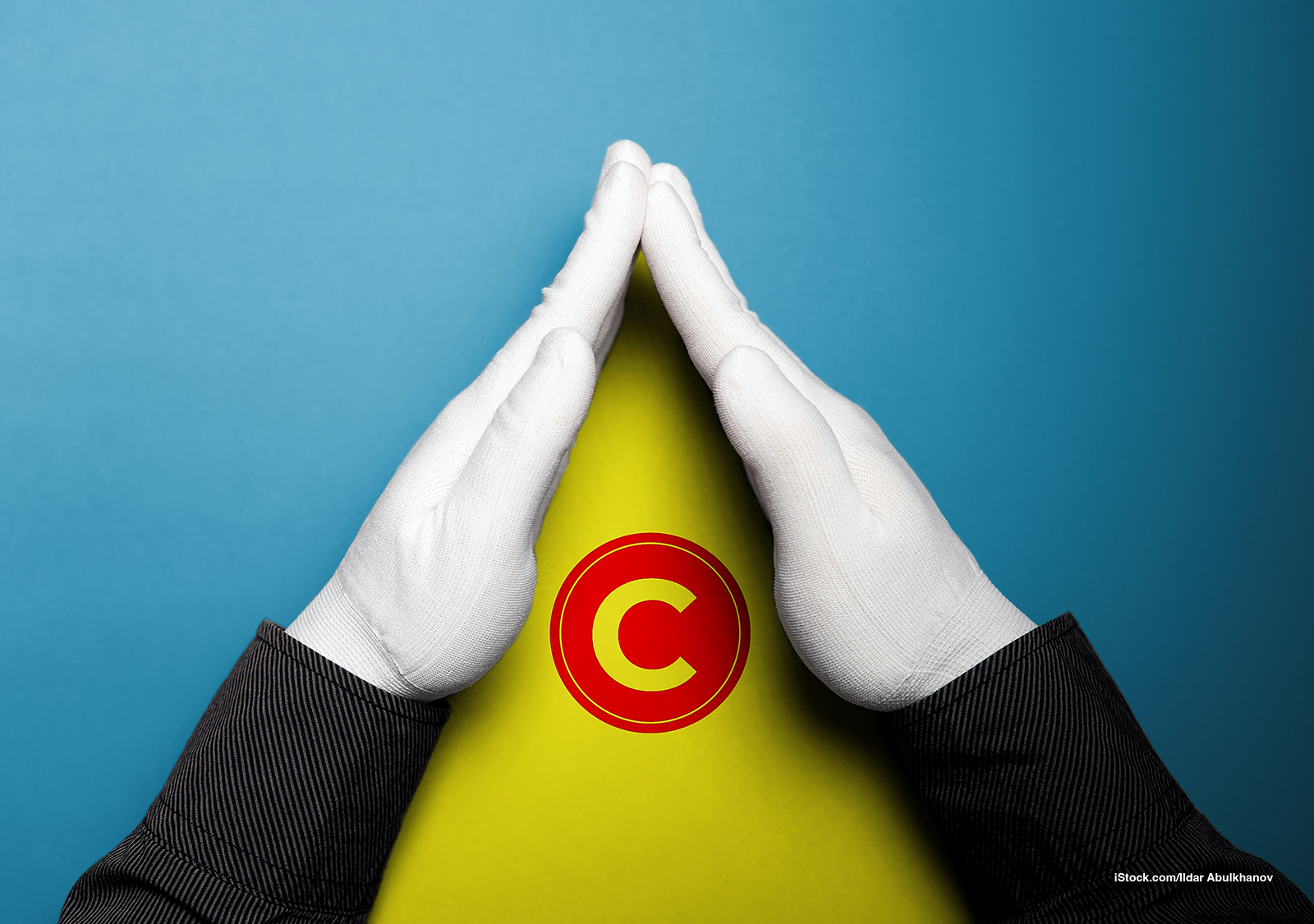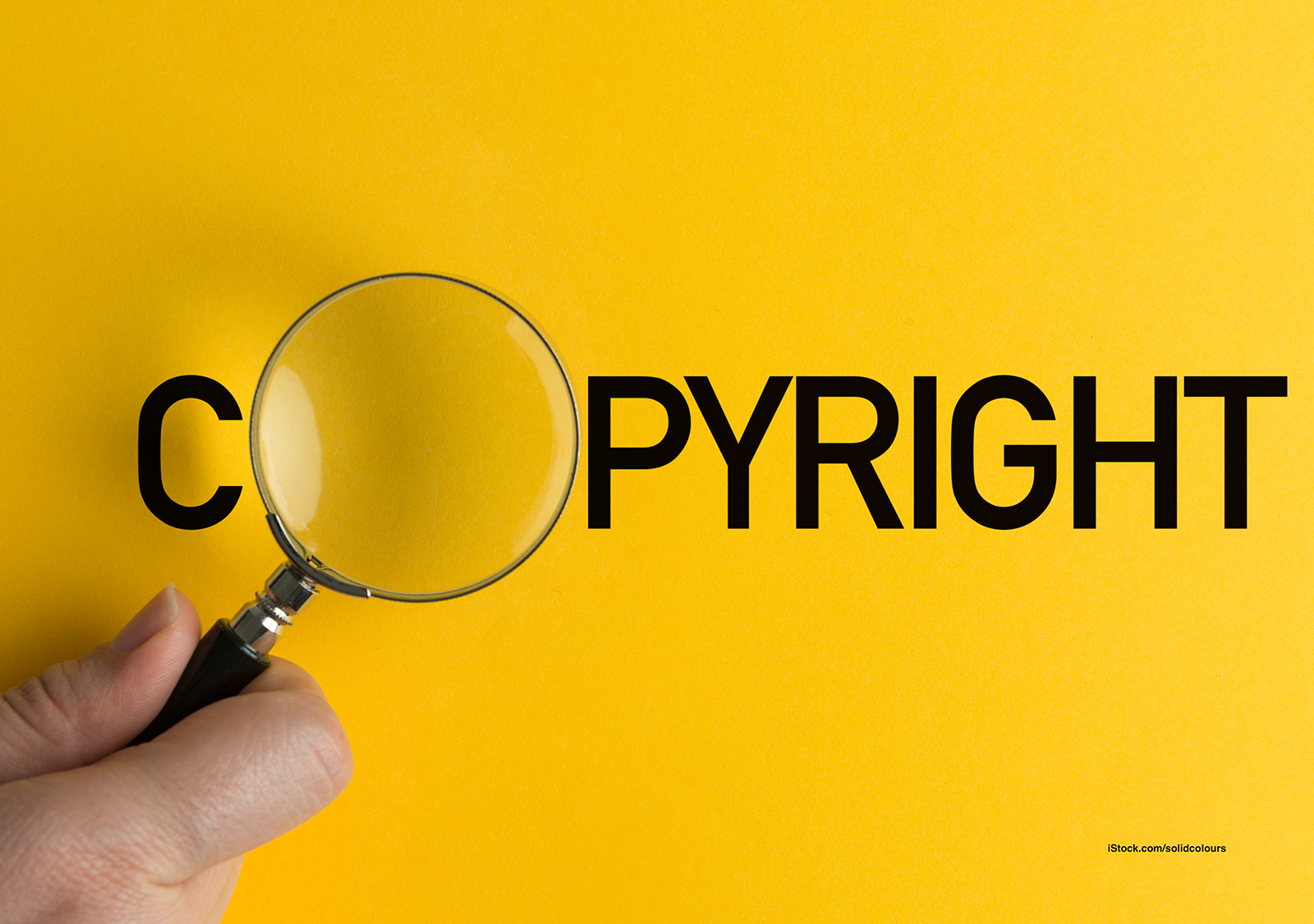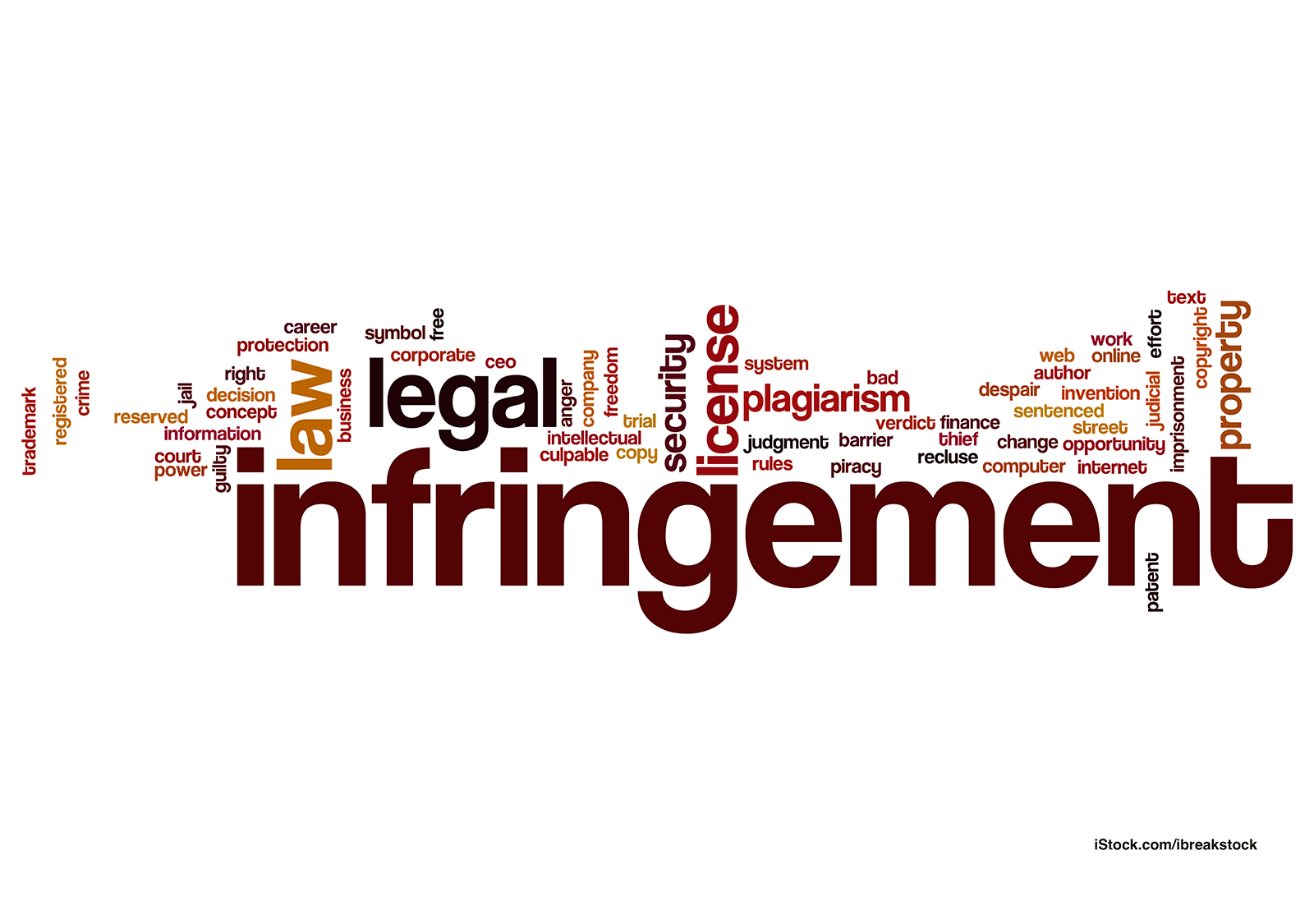

Copyright Protection
The foundation of copyright starts with the premise that a creator has certain exclusive rights to their work and to authorise others to exercise those exclusive rights.
The protection of a creators’ moral (naming) and commercial (remuneration) rights in their work is a human right catered for in copyright legislation…
Copyright Usage
To use someone’s else’s copyright as a property right, the copyright can also be transmitted by assignment, which is the contractual or testamentary transfer of rights from the copyright holder to another party.
An assignment or testamentary disposition does not have to apply to all the rights related to the copyright holder’s exclusive rights…


Copyright Infringement
Copyright is infringed when an infringing user without the permission of a copyright holder or CMO reproduces (exercises the exclusive rights of the copyright holder) or causes to be reproduced a substantial part of a work or if such reproduction does not fall within the exceptions to copyright.
Substantial is determined on case-by-case basis in relation to whether an integral part of the work was reproduced rather than the quantity…
Key Terms
Works can be adapted by a copyright user by altering a work in such a way that a new work is created while the original work, or considerable aspects of it, remain recognisable.
Works can be adapted in numerous ways, including but not limited to:
- converting a non-dramatic work into a dramatic work
- converting a non-dramatic or dramatic work into a cinematographic script
- converting a dramatic work into a non-dramatic work
- translating a work.
This is a license that allows an Education Institution or any other copyright user to reproduce any of the repertoire of the CMO, in this case DALRO, under the parameters of the license.
Collective Management Organisation (CMO) is an organisation that administers some of the rights of copyright holders. They typically license the reproduction of works to copyright users on behalf of copyright holders.
CMOs which license print and publishing works are commonly called Reproduction Rights Organisations (RROs).
Essentially, copying refers to making a reproduction of work. It also includes making an adaption of a work, in the case of literary and artistic works.
A copyright holder is a natural or legal person who as a result of copyright legislation has certain rights to a work which include the right to reproduce or authorise the reproduction of the work.
The owner of copyright is typically the creator of a work or any other person who owns the copyright to a work (including a person to whom the creator assigns their rights).
Copyright holders are typically:
- Creators (this term includes writers, composers, visual artists, and photographers)
- Publishers of music, literary, and artistic works.
A copyright user is a natural or legal person who makes use of a work and is typically responsible for paying royalties. This includes:
- Copyright users who are licensed by a copyright holder or CMO to make reproductions of works
- Copyright users who reproduce works by certain legal exceptions.
A natural or legal person who makes unauthorised use of work.
A license is permission given to a copyright user to reproduce work. In the case where the copyright holder is represented by a CMO, the CMO issues the license on behalf of the copyright holder, collects the accompanying royalty payment from the copyright user and pays the copyright holder.
Original work refers to a work created by using creator’s own independent skill and effort.
Presenting a work in any mode, including visual and/or acoustic, is considered performance. Usually, this is understood to take the form of a live presentation, but it also includes:
- Presenting the work through a radio or television service
- Reading to an audience from a literary work
- Staging all or parts of a play
- Showing or exhibiting all or parts of a film
- Performing live or pre-recorded music.
This is when a copyright holder copies a work and makes it available to the public with the consent of the copyright holder.
When one CMO mandates another CMO to manage the rights of its copyright holders, usually in a different country, the agreements signed by the CMO are known as representation agreements. This means that copyright holders represented by one CMO have their rights protected in country of the other CMO.
Reproductions refer to the use by a copyright user of a work in various print or digital formats. Some examples of use are the copying of a work in:
- invitations
- brochures and pamphlets
- merchandise
- advertisements
- posters and billboards
- exhibition and auction catalogues
- books and book covers
- advertising
- magazines
- catalogues
- postcards
- live performances
- broadcasts
In relation to a literary work, it includes copying for inclusion in a film or sound recording and in the case of artistic works includes converting a work from 2D form to 3D form and vice versa.
The fee paid by copyright users to copyright holders or to a CMO on behalf of copyright holders for the authorised use of work. This fee compensates the copyright holders for reproducing their work.
This is a license issued by a CMO, in this case DALRO, that allows a copyright user to reproduce a particular work or part of a work on a work-by-work or single-use basis under the parameters of the license.
Work refers to copyright protected work.